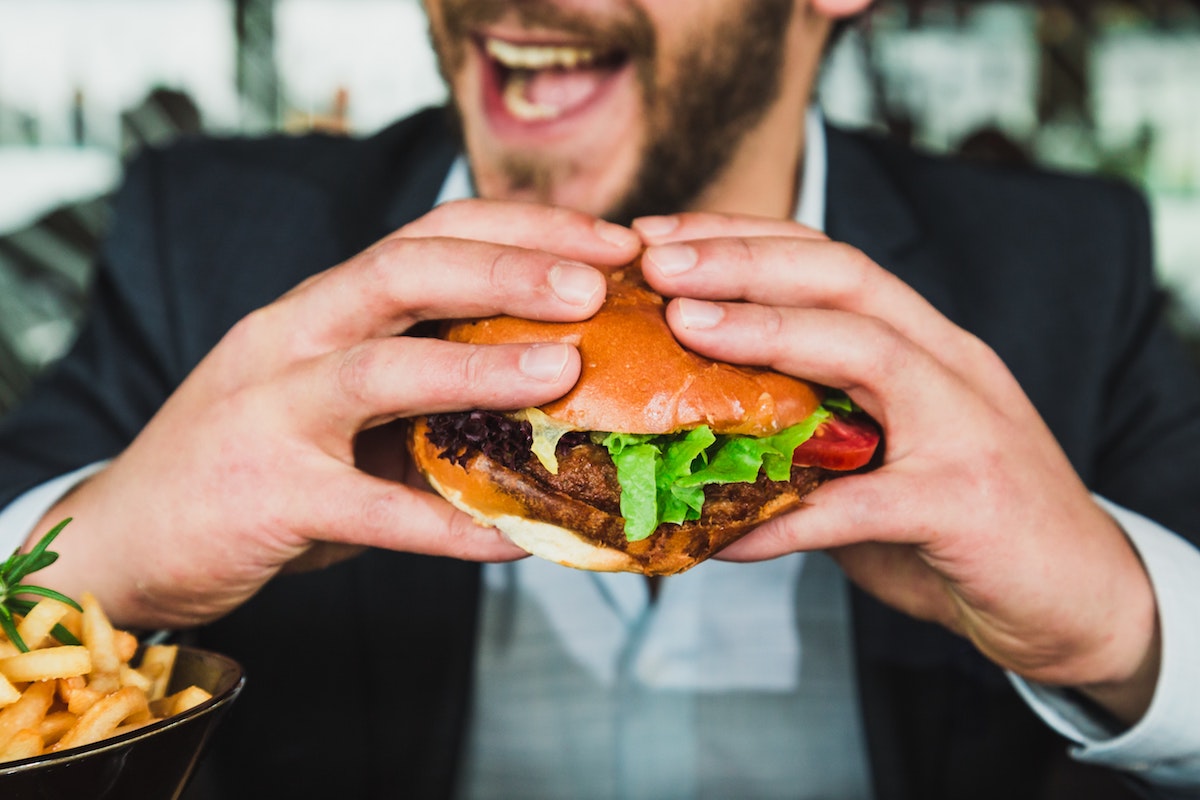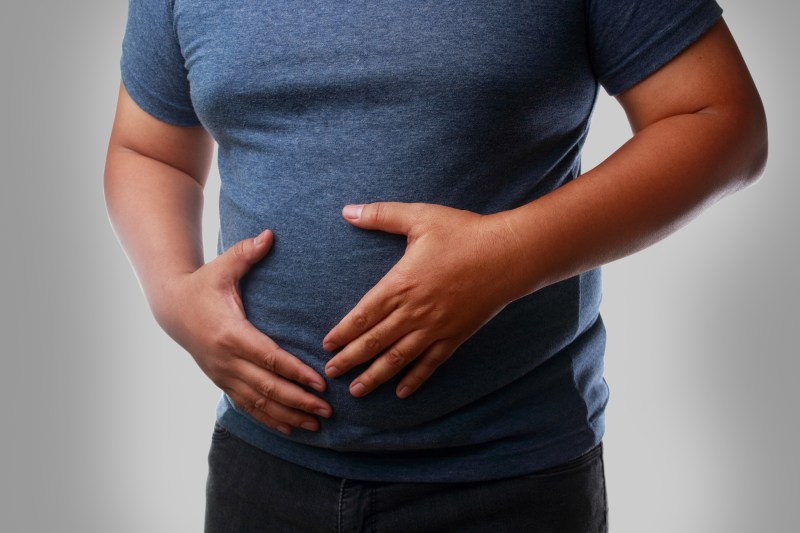Dirty bulking is an increasingly popular approach to gain mass quickly, but it’s controversial. The process involves consuming a high calorie surplus without being very strict about eating healthy food, with the goal of maximizing muscle gain in a short period. It’s faster and easier than gaining mass with only healthy food, but it can often lead to significant fat gain as well.
Some bodybuilders and athletes like this method, and it’s good for beginners who are interested in learning how to bulk but don’t want to follow a strict diet. However, you need to understand both the benefits and potential downsides of dirty bulking to determine if it’s the right strategy for your fitness goals. This article will cover what dirty bulking is, its benefits and downsides, and what it involves so you can decide if it’s right for you. Let’s get started!
What is dirty bulking?

Dirty bulking is a dietary strategy in which individuals consume a large number of calories, often from high-fat and high-sugar foods, to promote rapid muscle growth. Unlike clean bulking, which focuses on nutrient-dense foods, dirty bulking allows for more flexibility and indulgence in one’s diet.
The goal is to create a significant caloric surplus, eating much more calories than you need to maintain your current weight so the body has more than enough energy to build muscle. However, studies have found that bodybuilders with a higher calorie intake gain both more muscle and more fat, and this is especially true while dirty bulking. That increased muscle comes at the cost of increased fat as well. Many people follow their period of bulking with a period of cutting — this involves following a stricter diet to lose the fat and keep the muscle.
How does it differ from a clean bulk?
Clean bulking still involves eating a caloric surplus, but the focus is on the best foods for muscle growth, like lean protein, fruits and vegetables, and other nutrient-dense whole foods. The goal is to maximize useful nutrition without much fat gain.
Dirty bulking, on the other hand, allows for more flexible food choices, including processed and high-calorie foods. Both methods aim to increase muscle mass, but clean bulking maintains a leaner physique, while dirty bulking prioritizes rapid growth, even if it means gaining more fat.
What do you eat on a dirty bulk?

During a dirty bulk, the diet typically includes a variety of high-calorie foods. Common choices are fast food, sugary snacks, and high-fat items like pizza, burgers, fries, and ice cream. Additionally, calorie-dense beverages such as milkshakes and sodas are often consumed to boost caloric intake.
While high protein sources like steaks, chicken wings, and protein shakes are still prioritized to support muscle growth, the overall diet is less restrictive, allowing for indulgence in foods that are usually limited in a clean bulk.
Should you avoid any foods while dirty bulking?

While dirty bulking is more lenient, you should still avoid eating too much of the worst foods for bodybuilding, like trans fats and highly processed foods. These can negatively impact not just your muscle growth but your overall health, leading to issues like high cholesterol and increased risk of heart disease. Moderation is key, even in a dirty bulk, to make sure your body gets the nutrients it needs and maintains a balance between muscle gain and overall well-being.
Benefits of dirty bulking

Rapid muscle gain
Dirty bulking can lead to faster muscle growth due to the high caloric intake, providing the body with ample energy and nutrients to build muscle mass quickly. Not all weight gained during a dirty bulk is muscle, but if you’re working out frequently, especially lifting weights, you can build a lot of muscle during a bulk.
Increased strength
With more calories and nutrients available, individuals often experience significant strength gains, which can enhance performance in weightlifting and other strength-based activities. This also cycles back around to the previous point since greater strength means lifting heavier weights, which can result in additional muscle gain.
Diet flexibility
Dirty bulking allows for more freedom in food choices, making it easier for some individuals to adhere to the diet without feeling restricted or deprived. It’s important to note that there will usually be a cutting cycle afterward, though, during which you must follow a stricter diet.
Possible downsides of dirty bulking

Increased fat gain
One of the main downsides of dirty bulking is the significant fat gain that usually comes along with muscle growth. This fat gain can lead to a less defined physique and can be difficult to deal with once you’re done bulking.
Health risks
Consuming large amounts of unhealthy, processed foods can increase the risk of health issues, including heart disease, high cholesterol, and insulin resistance. These are mostly risks if you eat a lot of these unhealthy foods for a long time, but even for a short bulking phase, you should minimize foods high in sugar and fat.
A more difficult cutting phase
After a dirty bulk, the cutting phase to shed excess fat can be more challenging and prolonged, requiring strict dieting and increased cardio. Dirty bulking requires less discipline than clean bulking, but cutting after the bulking phase is done requires more discipline.
Who should vs. shouldn’t dirty bulk

Dirty bulking might work for you if you care about rapid muscle gain and are less concerned about gaining fat. It can also be good for bodybuilders in the off-season or athletes looking to increase size and strength quickly.
However, people with health concerns, a history of obesity, or a preference for maintaining a lean physique should consider cleaner bulking methods to avoid potential health risks and excessive fat gain.
Frequently asked questions

What’s the healthiest way to bulk?
Clean bulking, which involves eating a caloric surplus from nutrient-dense, whole foods, is much healthier. It offers more balanced nutrition and less fat gain. Dirty bulking might be effective for many people, but it’s certainly not as healthy.
Is it wrong to dirty bulk?
Dirty bulking isn’t inherently wrong, but it comes with trade-offs. Weigh the benefits (like rapid muscle gain) against the downsides (more fat) and make your own decision, based on your priorities.
Is dirty bulking faster than clean?
Yes, dirty bulking can be faster in terms of muscle gain due to the higher caloric intake. However, it also leads to more fat gain compared to clean bulking, which means the cutting phase is usually harder and longer.




